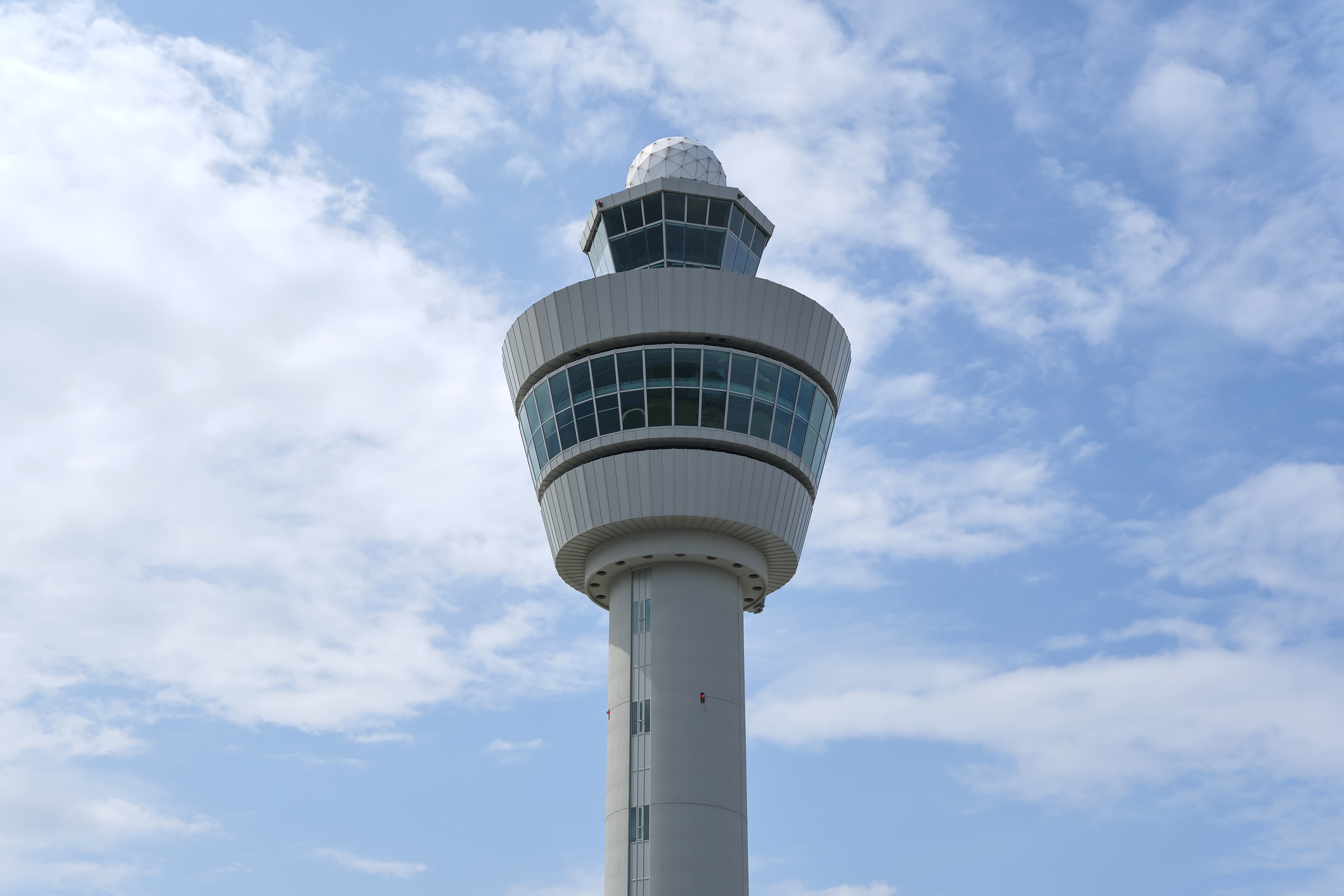DLR is researching AI-based systems for automatically recognising and understanding spoken language in air traffic control.
- A reduced workload can enable savings of 60 litres of aviation fuel per approach in the vicinity of airports alone.
- Heidelberg-based IT company EML is taking over the DLR technology under licence.
- Focus: aviation, digitalisation, AI, technology transfer.
Can automated speech recognition be effective in a safety-sensitive area such as air traffic control? For a number of years, the German Aerospace Center (Deutsches Zentrum für Luft- und Raumfahrt; DLR) has been pioneering AI-based systems for automatic speech recognition and understanding that target demanding and safety-critical radio communication in the aviation sector. EML Speech Technology GmbH, an IT product and service provider in Heidelberg, is now taking over this innovative DLR technology under licence. EML intends to offer products for speech recognition and understanding in the field of air traffic control and will make DLR’s ‘Speech understander’ available on the market in combination with its own ‘Speech recogniser’.
EML’s first planned application for the technology is at airports. Air traffic controllers, who currently enter their commands manually, will benefit from a reduced workload, allowing them to focus directly on the aircraft rather than screens. “Our technology is now mature and ready for use in operational airspace management,” says Dirk Kügler, Head of the DLR Institute of Flight Guidance. “We are delighted that EML will now develop new solutions for air traffic control based on DLR technology.”
Understanding radio communication to take the strain off air traffic controllers
Verbal communication between air traffic controllers and pilots is essential for maintaining high safety standards in air traffic. AI-derived systems that automatically analyse radio communication with the controller’s instructions and the pilot’s confirmations can provide efficient support for air traffic controllers.
The DLR Institute of Flight Guidance in Braunschweig has developed a system capable of analysing the words of the radio communication traffic detected by the EML speech recognition system and then understanding the semantic content. This precise interpretation of the content of the controller’s instructions to the pilot is the basis for supplying the digital air traffic control systems with the correct data, such as the aircraft call sign. Insight of this nature is ultimately expected to lead to the creation of applications that support air traffic controllers in finding flights, for example, by providing radar screen instructions or eliminating the need for manual data entry. Such systems can also verify whether the pilot has correctly understood and implemented the instructions from air traffic control. In the future, digital assistants with voice understanding capabilities will offer support to air traffic controllers in guiding aircraft in a similar way to a human colleague.
“Our speech understanding system can reduce the workload of air traffic controllers,” says Hartmut Helmke, a leading DLR scientist in the field of speech understanding in air traffic control. “In times of a skilled-labour shortage and increasing traffic demand, the relief provided by speech understanding can contribute to more efficient flight guidance and more environmentally sustainable air traffic.”
Both the efficiency and ecological credentials of the technology have been demonstrated at the Institute of Flight Guidance , where extensive trials took place with air traffic controllers in various operational settings. Much of this research took place within the context of international SESAR projects and was funded by the SESAR 3 Joint Undertaking, an institutionalised European partnership to deliver the Digital European Sky through research and innovation.
Simulation studies using both laboratory and real data demonstrated that these systems could reduce the number of manual inputs required by controllers by a factor of 30. This improvement applies to several air traffic control environments, including en-route flights, approach and departure control, and the management of aircraft taxiing. The result is a reduced workload and increased situational awareness. The Institute of Flight Guidance has shown that this reduction in workload enables more efficient traffic management, achieving savings of up to 60 litres of aviation fuel per approach in airport vicinities.
Copyright : https://www.dlr.de/en/latest/news/2024/dlr-licenses-ai-based-speech-understanding-technology-to-eml


